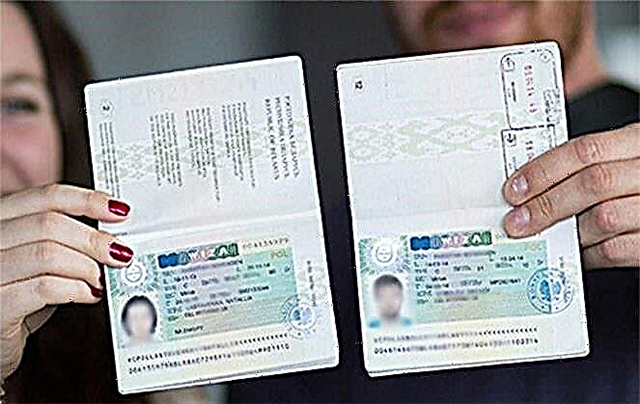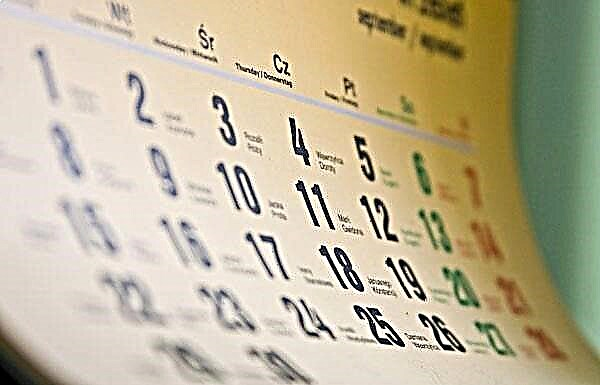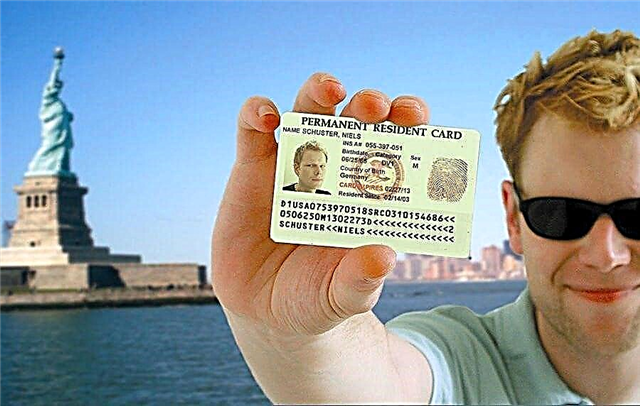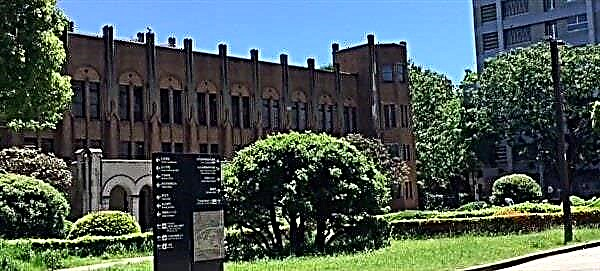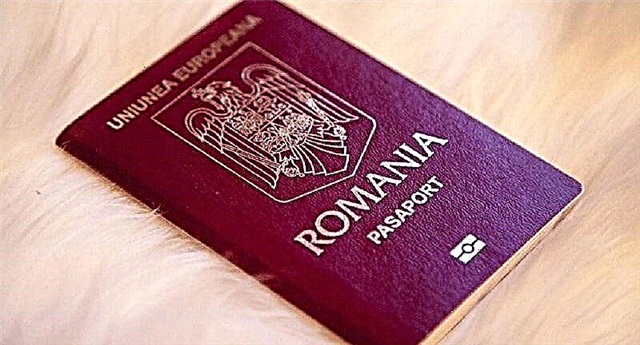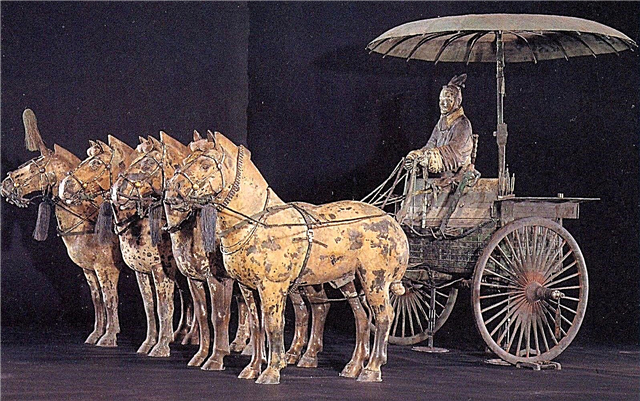The city of Xi'an in China is known to the whole world. An amazing archaeological find was made here, which stirred up the scientific community at one time, giving a whole field for research. Many people know about the terracotta army thanks to the cinema, which has replicated mystical versions of the appearance of this mysterious artifact.
What is Terracotta Army
In the history of China, there was a ruler who preferred to be called “the great emperor - the Founder of Qin” in the annals. He is known to Europeans as Qin Shi Huang. The period of his reign - 245-210 biennium BC e.

It is he who is credited with creating the first centralized Chinese state. The dynasty he founded was destroyed shortly after the death of Qin Shi Huang, but a colossal tomb has survived to this day, the construction of which was engaged in by 700 thousand workers.

In the mound, the length of the outer walls of which is 6 km, was buried 8100 statues from terracotta clay to full human height. Most of them depict warriors in full combat uniforms, but there are also life-size figures of horses.
Note! The emperor began to build this mausoleum in the second year of his reign.
Legend of the Terracotta Army in Xi'an
According to one of the legends about Qin Shi Huang, 4 thousand living soldiers were to be buried with him. However, the advisers dissuaded the emperor, indicating that such a sacrifice would not please the people. Instead, they made 8 thousand clay copies, with whom Qin Shi Huang was eventually buried.

Another interesting legend concerns the chariots that were found next to the mausoleum. It is on them in the afterlife that the emperor himself and his terracotta warriors should move. Inside the statues, supposedly, are the souls of real soldiers.
The history of the creation of terracotta warriors
According to the preserved historical chronicles and annals, work on the construction of the mausoleum began in 246 BC... In total, they lasted 37 years. More than 720 thousand workers... The emperor ordered, upon completion of the construction of the object, to kill all builders in order to preserve the secret of the location of the necropolis, but his will was not fulfilled. The country needed architects, because the mausoleum was not the only colossal construction of that time in China. The construction of the Great Wall of China is no less impressive.
You May Also Like
How many warriors are in the jade army
Since the entire mausoleum has not yet been fully opened, it is too early to speak about the exact figure. At last count, the number of terracotta troops in China is 8,100 statues. In addition, 700 clay horses and 130 full-size chariots were found.

Note! Together with the army of Qin Shi Huang, more than 100 thousand units of genuine weapons were buried: swords, arrows, spears.
What the soldiers are made of
The terracotta wars were supposed to be waged by statues made by hand from a special yellow clay. It is surprising how strong the stone products are, because the age of the mausoleum is over 2 millennia. In different parts of the country, separate parts of the sculptures were made from this material, since the examination confirmed quite significant discrepancies in the composition of the clay of different objects. Step by step, the craftsmen assembled each statue from separate parts. At the same time, much attention was paid to ensuring that poses, elements of armor, height, hairstyles and other elements were repeated as rarely as possible.

Since the statues are assembled from parts, they fall apart easily. The frame was fired in an oven, and then covered with a special organic glaze and painted by hand. At the installation site, the soldiers were supplied with real bronze swords and other weapons. On average, one statue weighs 130 kg, and the horse is about 300 kg.
By uniforms and hairstyles, you can determine the rank of soldiers: cavalryman, infantryman, archer, etc. The facial expressions and their features are different for everyone. It is difficult to find two similar ones. According to special requirements, craftsmen were required to sign their works. Each statue has a stamp and the name of the author.
All terracotta warriors in China have been painted. Archaeologists have seen this with their own eyes. But in the air, the paint layer was instantly destroyed after the removal of the next statue. Today, a way has already been found to preserve the paint on the excavated sculptures, so one can judge how the warriors originally looked.
Note!The painting made it possible to give them an almost portrait resemblance to the original.
Terracotta Soldier Weapons
As it became clear after the latest research, the weapons with which the clay army of the Chinese emperor was armed was never used in battle. It was specially made for the necropolis. Its safety is excellent. It remained as smooth and sharp as new. Analysis showed that the surface of the bronze was chrome plated. This is all the more surprising, because the galvanization technique was not known 23 centuries ago - it was invented only in the XX century.
Who was guarded by the terracotta army
You May Also Like
The main version says that the soldiers were to become the guard of the emperor after his death. The question of immortality worried the ruler all his life, which is why he devoted so many years to creating his own tomb. In the afterlife, he wanted to be surrounded by exactly the same comfort as in his real palace. He died trying to achieve long life with an elixir containing mercury.

Militant during his lifetime, after the death of Qin Shi Huang, he intended to continue his conquests. For this he needed to create a large army. Along with the clay sculptures, in the necropolis, along with the emperor, according to scientists, concubines and thousands of slaves were laid to rest.
Note!Another version says that the builders who died for various reasons were buried right there, because so many human remains were found inside the tomb.
Discovery and excavation
The opening of the famous necropolis took place in 1974... It's hard to believe, but no one knew about the existence of the underground city. He was accidentally found by peasants in the village of Lintong, located east of the city of Xi'an in the central part of the PRC. When digging a hole under a well at a depth of 5 m a life-size earthen head was discovered. Archaeologists summoned to the site launched large-scale excavations. For 2 years, an approximate scope of work was outlined - about 20 thousand square meters. m.
The more scientists learned about the ancient tomb, the clearer it became that the building, covered with earth, was a multi-tiered palace. Its floors are connected to each other by a labyrinth of passages. Now only the upper tier has been excavated. The opening of the lower levels is complicated not only by the complexity of work surrounded by fragile artifacts, but also by the practically confirmed hypothesis of the presence of cavities filled with mercury on the lower floors. The last estimate of the true area of the mausoleum - 56 sq. km.
Where is the terracotta army in China, in which city
Almost all the soldiers found at the excavation are where they were dug up - in the mausoleum, or rather in the museum open to the public. This place is located near the city of Xi'an, or rather 10 km From him. In ancient times, it was the largest city in the world, and today it is inhabited by about 6 million people. It has road and rail links with Beijing. There is also an international airport serving direct flights from Moscow.

Terracotta Warriors Museum
The exact international name of the museum is Qin Terracotta army Museum in China. It has been open since 1997.To date, 6 locations have been opened in it: 3 excavations, an exhibition of chariots, as well as halls with jewelry and relics, jade figurines and other artifacts found during excavations. Work has not stopped here for 30 years, and according to archaeologists, at a similar pace, it will last no less 200 years.

Note! The museum works all year round according to the same schedule: from 08.30 to 18.00.
How to get to the Terracotta Army from Xi'an and Beijing
There are several options for traveling to the museum. One of them is to visit it as part of an excursion from Beijing. High speed train covers 1200 kmseparating Xi'an from the capital in 6 hours. The first morning flight arrives here at 13.00 h, and the latter leaves for Beijing in 18.00 h. A one-way ticket costs RMB 500.

A flight on a regular train in a compartment carriage takes 14 hours, and a one-way ticket costs about 250 yuan. A seat in a carriage with only seats (like in the subway) will cost 150 yuan, and the travel time is the same 14 hours.
In Xi'an itself, bus routes 306, 914, 915 follow from the railway station to the museum.
Note! Individual terracotta warriors can be seen in various museums in the PRC, for example, in the National Museum in Beijing.
Terracotta army: interesting facts
According to one of the legends, a map of the Qin empire was carved on the floor of the tomb. There are suggestions that the unopened levels of the necropolis contain replicas of palaces, as well as deadly traps against plunderers. The precious stones in the vault of the tomb were supposed to symbolize the stars, and the mercury rivers hidden in the depths - the waterways of the empire. In 2005, the version of the latter was confirmed, since mercury was found in all 4000 samples from different points of the excavation.

It is noteworthy that the clay statues vary greatly in height. Lowest - 178 cm, and the highest one is higher than 2 m. Was it possible that the ancient Chinese were so much larger than the modern ones, and their legends about dragons were not fiction? The explanation is simpler - on average, the warrior of the first emperor's army was about 170 cm tall. But there were also giants among them, because the selection was carried out throughout the country and preference was given to the strongest and tallest people. In addition, the tall statues created a spectacular effect, conveying the grandeur of the terracotta army.
Today everyone can buy a ticket to a museum in Xi'an and see with their own eyes a real mystery of the past. It is difficult for a modern person to imagine why it was necessary to create such a colossal structure. This secret has yet to be revealed by archaeologists.


